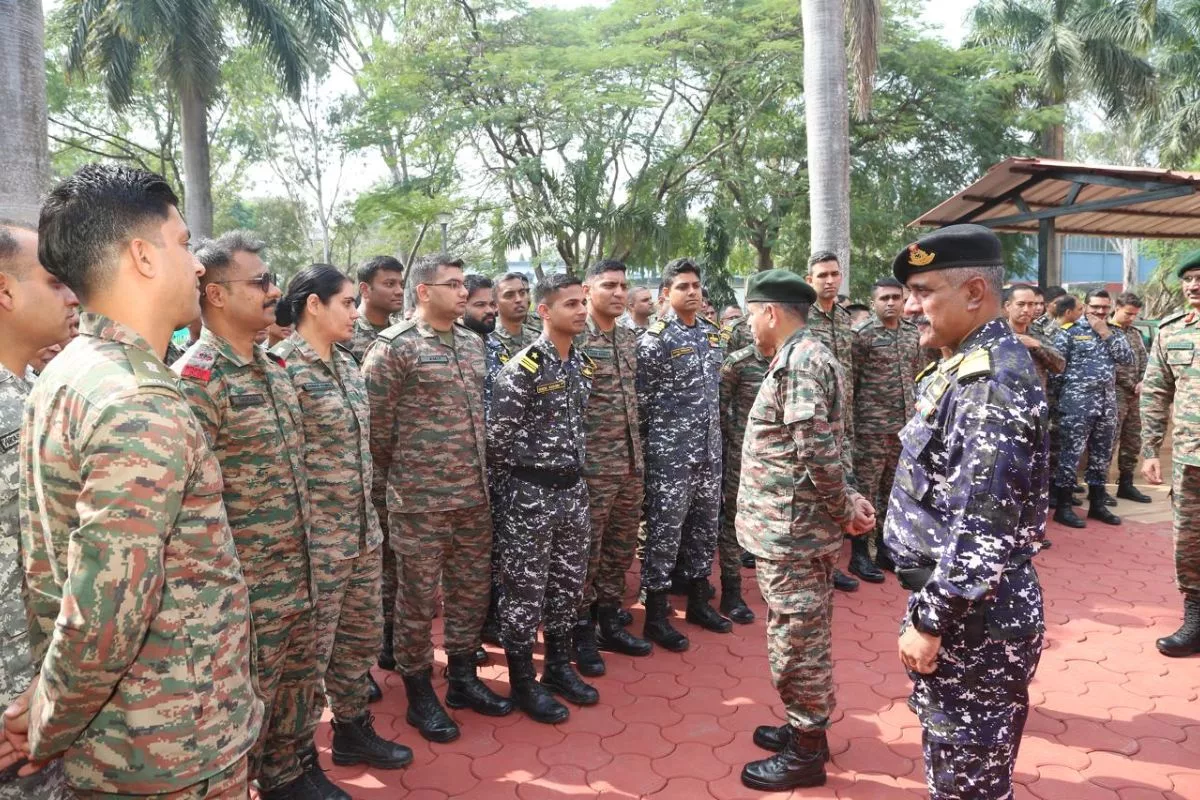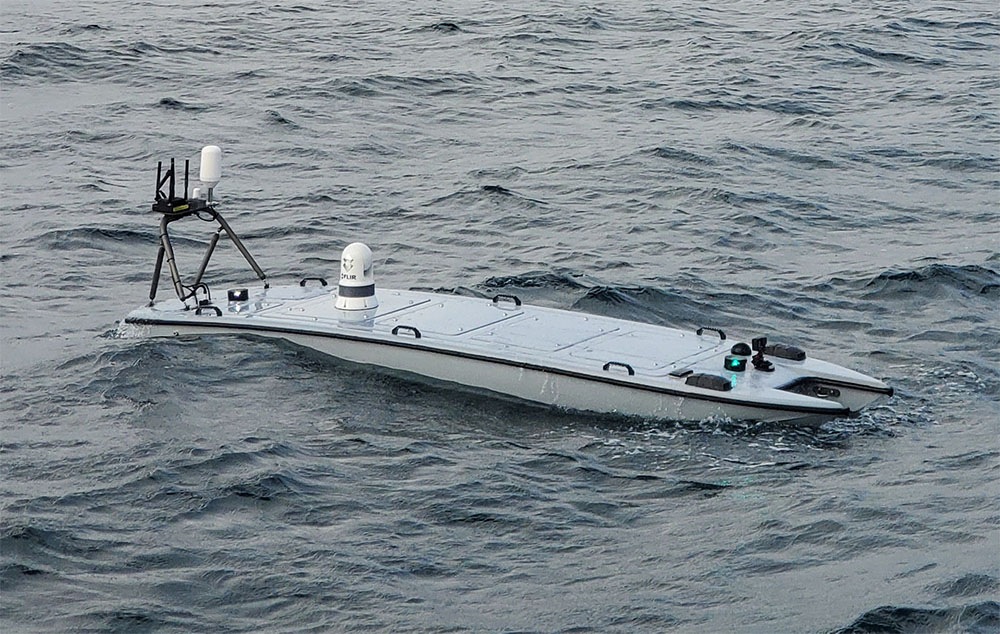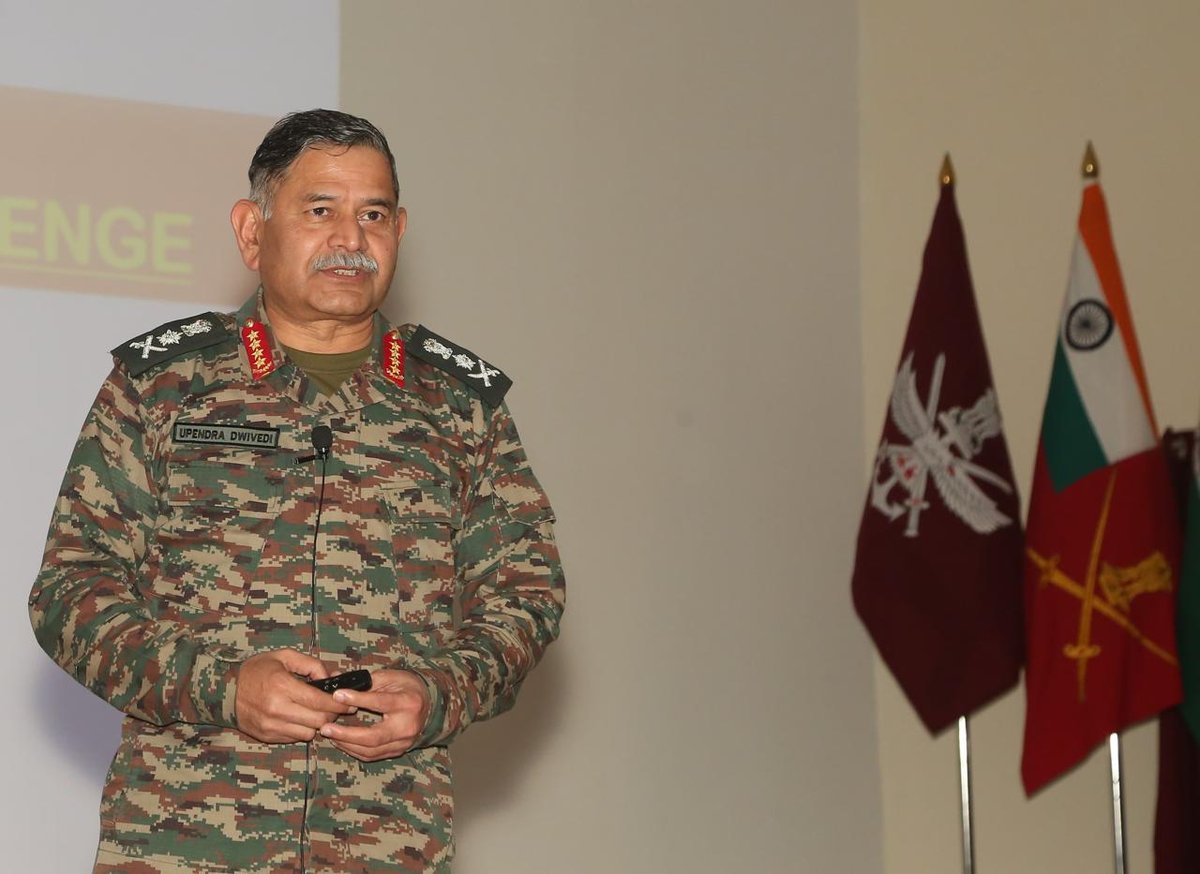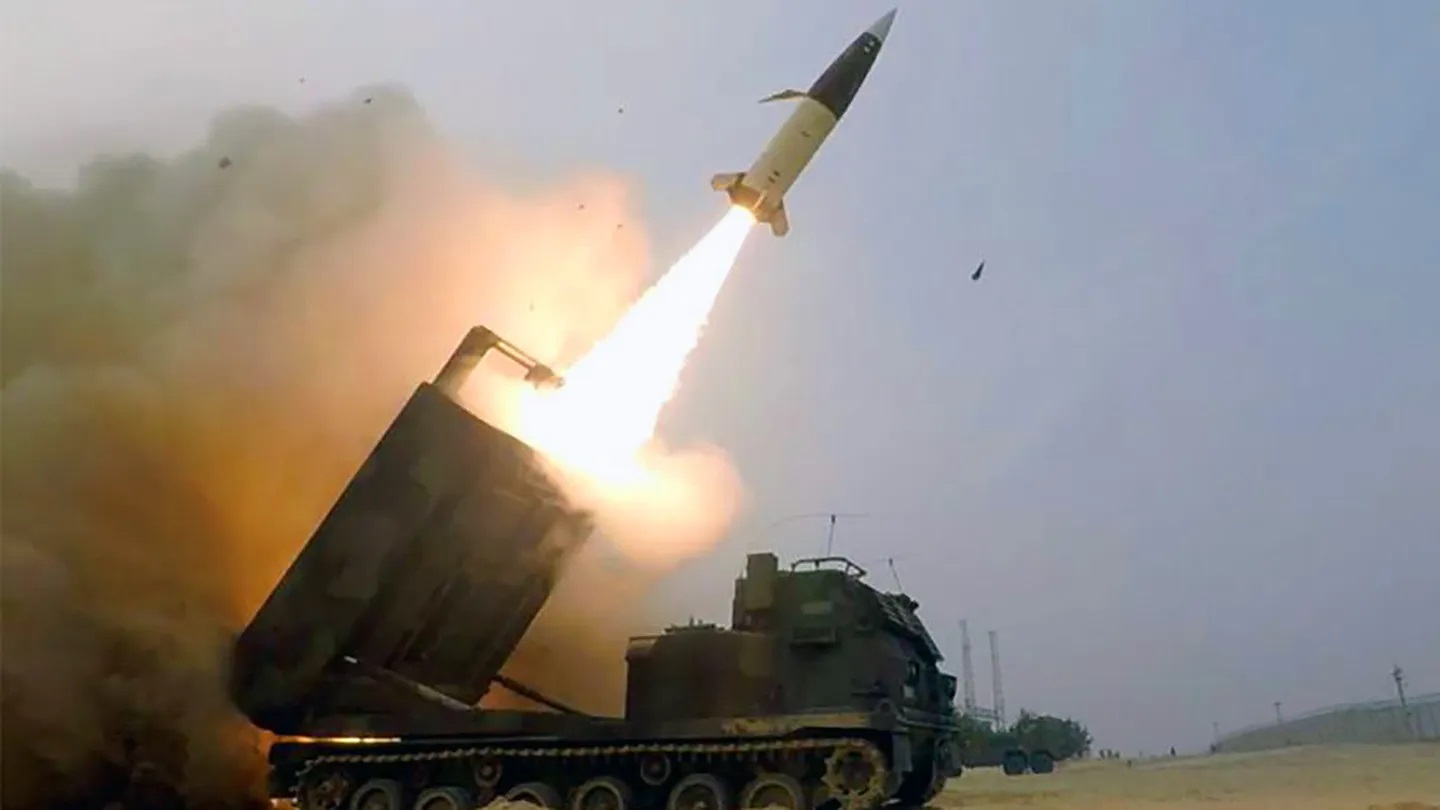General Upendra Dwivedi Emphasizes Innovative Military Preparedness at Defence Services Technical Staff Course
In a recent address at the Military Institute of Technology (MILIT) in Girinagar, General Upendra Dwivedi, the Chief of the…
NVL Group Begins Construction of Germany’s First Type 424 Reconnaissance Ship
NVL Group has marked a significant milestone by cutting the steel for the German Navy’s first reconnaissance ship, a crucial…
US to Supply Additional Mantas T-12 Unmanned Vessels to Philippines for South China Sea Surveillance
In a significant enhancement of defense cooperation, the US government has announced plans to provide the Philippines with additional Mantas…
Army Chief General Upendra Dwivedi Urges Military Commanders to Embrace Change and Adaptation in Modern Warfare
Pune has become a focal point for the Indian Army as Chief of Army Staff, General Upendra Dwivedi, addressed young…
Ukraine Strikes Russian Air Base Using US-Supplied ATACMS for First Time
Ukrainian forces have achieved a significant milestone by striking a Russian military air base using the Army Tactical Missile System…
USS Hampton Arrives at Portsmouth Naval Shipyard for Modernization and Upgrades
The USS Hampton (SSN 767), the 56th Los Angeles-class nuclear-powered attack submarine in the U.S. Navy fleet, has officially arrived…






